Not all "brown circles" are created equal. Some are pigmentary (excess melanin), others vascular (a blue-purple hue linked to blood vessels), and still others are shadows accentuated by an anatomical hollow under the eye. Identifying the right type is the first step in an effective action plan.
This guide explains how to recognize dark circles , useful actions at home, and in-office options when looking for a more lasting result.
Pigmentation circles: definition and signs
We speak of pigmented dark circles when there is periorbital hyperpigmentation . It can be epidermal (superficial melanin), dermal (deeper) or mixed . Visually, the shade is rather homogeneous brown/brown and remains visible even in full light, without turning clearly blue or purplish.
A simple observation already allows us to differentiate a diffuse brown (rather pigmentary) from a fine bluish circle (rather vascular) or a shadow which fades when the skin is slightly stretched (rather linked to volume).
Causes and risk factors

Several factors often combine: genetic/ethnic background , UV exposure , dermatitis/eczema with repeated rubbing, post-inflammatory hyperpigmentation after irritation or allergy, and unsuitable cosmetics around the eyes . Dark skin is more prone to this and can mark more after inflammation.
In consultation, examination under a Wood lamp or dermoscopy helps to distinguish a rather epidermal pigment (which is accentuated under Wood) from a dermal pigment (little modified), which guides the treatment and expectations.
Self-assessment at home
Start by observing the dominant color : uniform brown that remains visible regardless of the lighting = probably pigmentary; blue-purple that varies with temperature or fatigue = often vascular; shadow that diminishes when the skin is gently stretched = anatomical factor.
Monitor the development: a unilateral circle , pain , persistent irritation or diagnostic doubt warrant a consultation, especially if you have a history of eyelid eczema or allergies.
Home Routine: The Basics That Work
Photoprotection and daily actions
Photoprotection is a must if you want to lighten dark circles and prevent recurrence. Use a broad-spectrum SPF 30+ every morning, ideally in stick form around the eyes to limit streaking. Add filtering sunglasses when outdoors.
In terms of hygiene, limit friction (gentle makeup removal, soaked cotton pads without pulling), treat allergies and rhinitis if necessary, and make sure you sleep to reduce morning edema which accentuates shadows.
Well-tolerated depigmenting active ingredients around the eyes
Several active ingredients help to slow down melanogenesis and even out the complexion: vitamin C (stable derivatives), niacinamide , arbutin , azelaic acid and kojic acid .
Introduce them gradually (2-3 evenings/week), as the eyelid is a very sensitive area. Mild retinoids (on short frequency) can improve cell renewal if the skin tolerates them.
Hydroquinone , effective but irritating and regulated, should only be considered under medical supervision ; it is not systematically suitable for the eye area.
What Works in the Office: The Therapeutic Ladder

The choice is made according to the depth of the pigment (epidermal vs. dermal), your phototype and your tolerance . The objective is to go from the simplest to the most targeted, with clear information on the benefits and risks (in particular the risk of post-inflammatory hyperpigmentation on dark skin).
Superficial periorbital peels
Glycolic peels 20–30% or lactic peels ~15–30% , used in cautious and spaced protocols , improve dark circles, sometimes more than vitamin C alone. Skin preparation , stopping irritants and strict photoprotection before/after are essential to limit IRP.
Low fluence pigment lasers
Q-switched Nd:YAG 1064 nm (often low fluence , sometimes fractionated) can reduce dermal pigment. Studies show variable results depending on the profile, with sometimes useful combinations (e.g., integration of vitamin C by radiofrequency).
Internal eye protection is imperative and conservative settings are recommended, especially for high phototypes, to avoid PIH.
If the shadow dominates: correct the volume
When the "dark circle" is mainly an anatomical shadow , filling the tear trough with hyaluronic acid can reduce the shadow. The procedure should be indicated with caution in this risk area (edema, malpositions). The advantage: the possibility of reversing the result with hyaluronidase if necessary.
Combinations and other options
Combined strategies (topicals + peel/laser ± fillers) often give the best results at the cost of rigorous monitoring. Other techniques such as PRP or carboxytherapy exist, with a still heterogeneous level of evidence; they are considered on a case-by-case basis after assessment.
Specificities of dark skin
High phototypes are more exposed to post-inflammatory hyperpigmentation . We favor gentle parameters , well-tolerated soothing and depigmenting active ingredients (niacinamide, azelaic), and a gradual increase in the power of peels/lasers. Preparation (photoprotection, stopping irritants, barrier care) and follow-up determine success.
Common mistakes to avoid
Avoid harsh rubbing , scrubbing, and makeup removers. Beware of untested essential oils around the eyes. Do not use "too strong" products (acids, retinoids, hydroquinone) frequently on the eyelid without medical advice: you risk worsening irritation and causing rebound pigmentation.
3-level action plan
-
4–8 weeks of routine : SPF 30+ daily; in the morning, vitamin C/niacinamide ; in the evening, azelaic/arbutin or another mild depigmenter. Avoid irritants and listen to the area's tolerance.
-
If partial improvement : discuss superficial peels in short series (3–4 sessions), with strict preparation and aftercare.
-
If deep pigment or recurrences : consider low-fluence Nd:YAG 1064 nm (conservative parameters) combined with a topical routine. If a shadow maintains the dark circle, evaluate filling by an experienced practitioner.
Conclusion
For dark circles that are resistant to home treatments, the combination of sun protection + gentle active ingredients and then, if necessary, peels and/or pigment laser gives the best results, provided you proceed gradually and respect the tolerance of the area.
If a volume-related shadow is the cause, carefully selected fillers can complement the approach. A personalized diagnosis remains the key to avoiding unnecessary irritation and saving time.
Want brighter eyes? Book your free consultation at SSSKIN (Lausanne & Geneva) for an expert assessment and a customized protocol, including targeted peels, depigmenting treatments, and personalized follow-up.
FAQ
How to remove hyperpigmentation from dark circles?
Start with daily photoprotection and well-tolerated depigmenting active ingredients (vitamin C, niacinamide, arbutin, azelaic). If the pigment is deep or old, a peel or laser under dermatological supervision can accelerate lightening.
Can genetic dark circles be reduced?
Yes, but you have to treat what dominates : the pigment (topicals, peel/laser) and/or the shade (volume) depending on the assessment. Maintenance with SPF and gentle active ingredients remains essential to stabilize the result.
Is a “natural” treatment possible?
"Natural" does not mean "harmless." The best levers remain regular sun protection , stopping rubbing , managing allergies , and the gradual use of proven active ingredients (vitamin C, niacinamide, arbutin, azelaic). Avoid irritating homemade recipes.
Are lasers still effective on dark circles?
Lasers can help, especially on dermal pigment , but results vary depending on the phototype, the depth of the pigment and the parameters used. Cautious protocols are preferred, sometimes combined with topicals or peels, and the risk of PIH is remembered.
When to consult?
In case of unilateral circles , pain , persistent irritation or if you are unsure about the type of dark circle. A professional assessment (dermoscopy, Wood's lamp) allows you to adapt the treatment and avoid errors that maintain pigmentation.

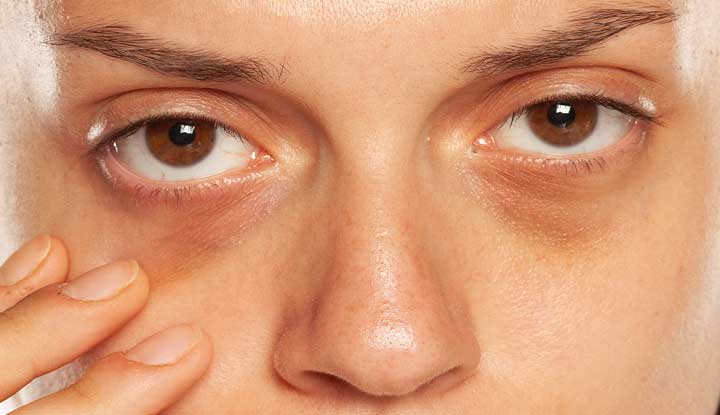

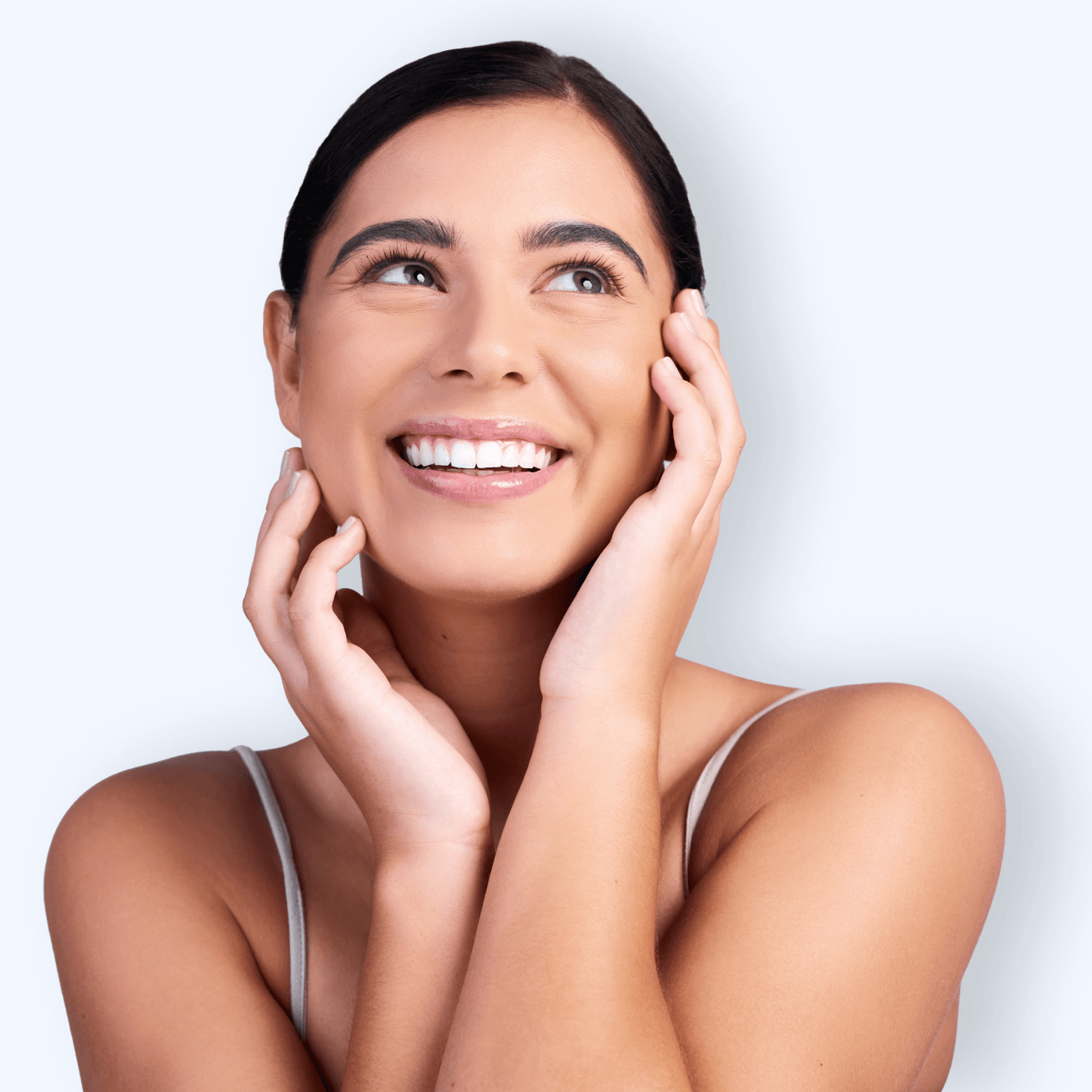
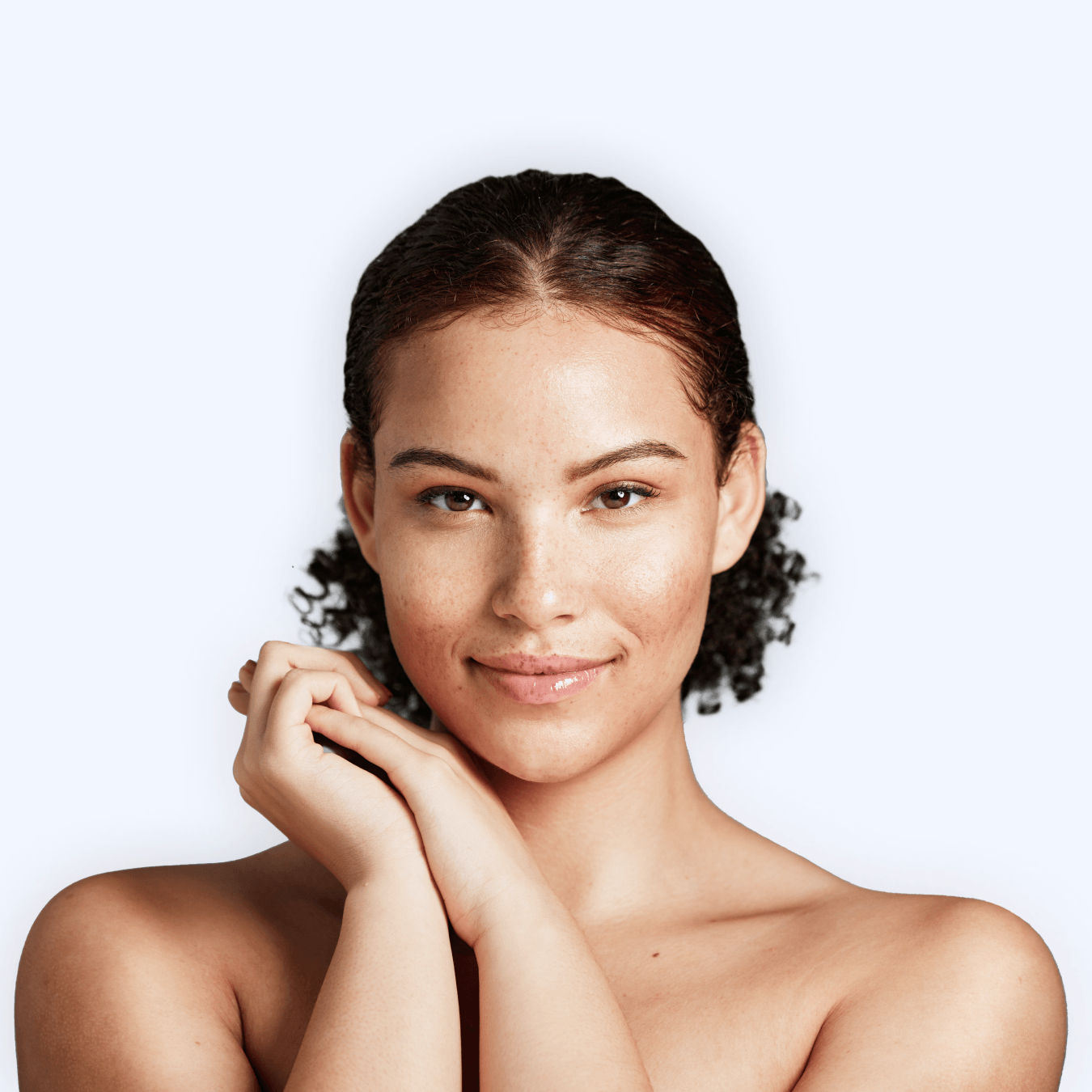
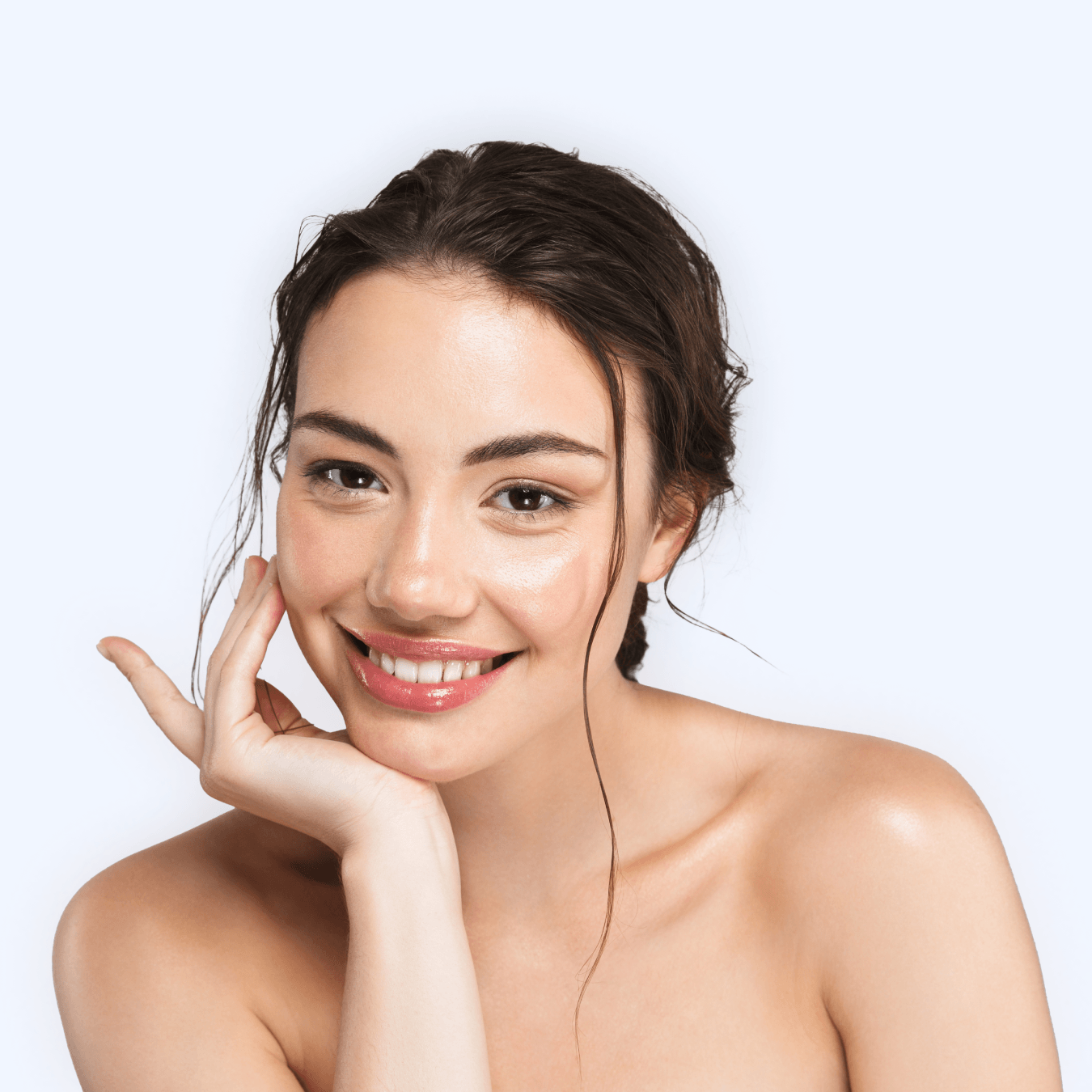
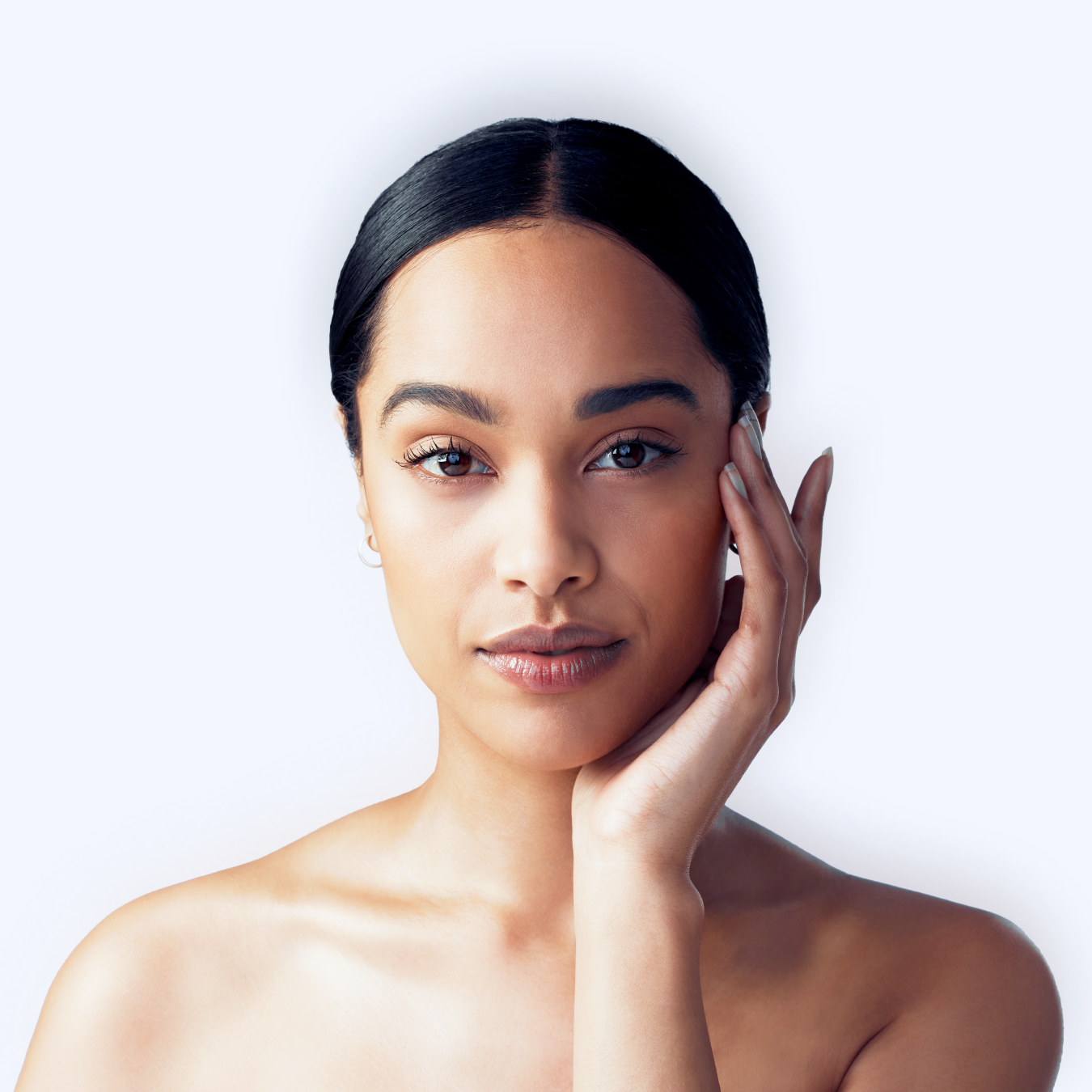
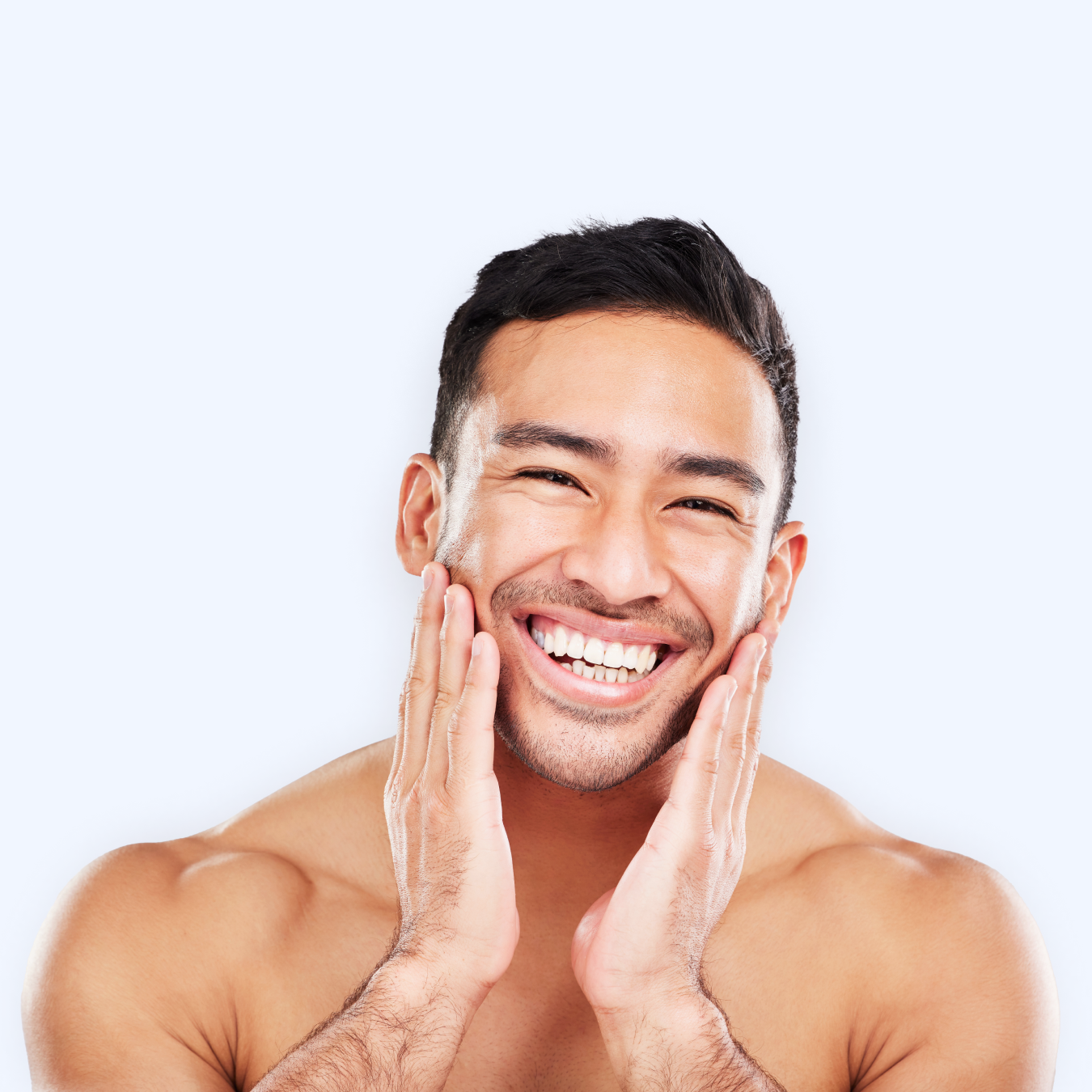

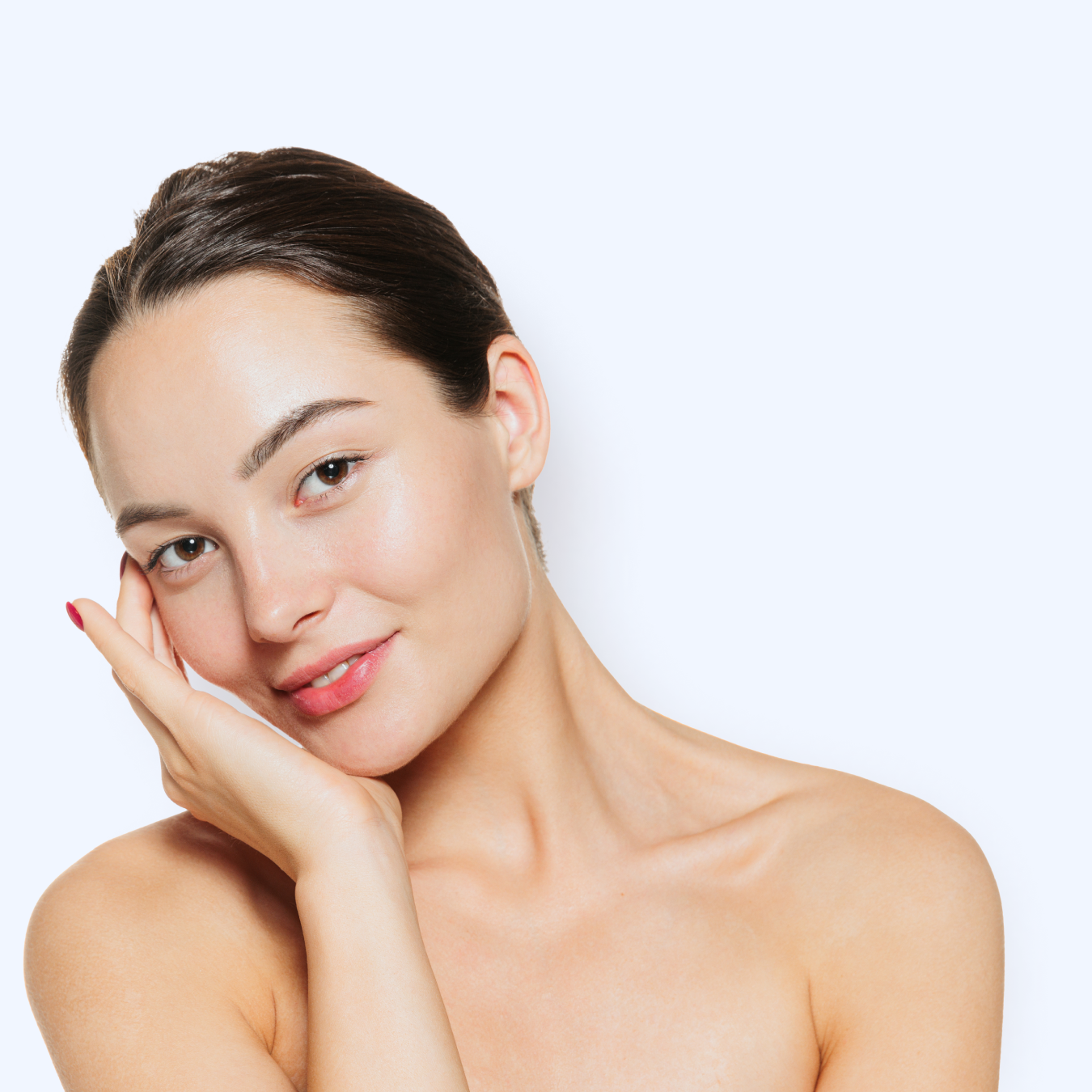
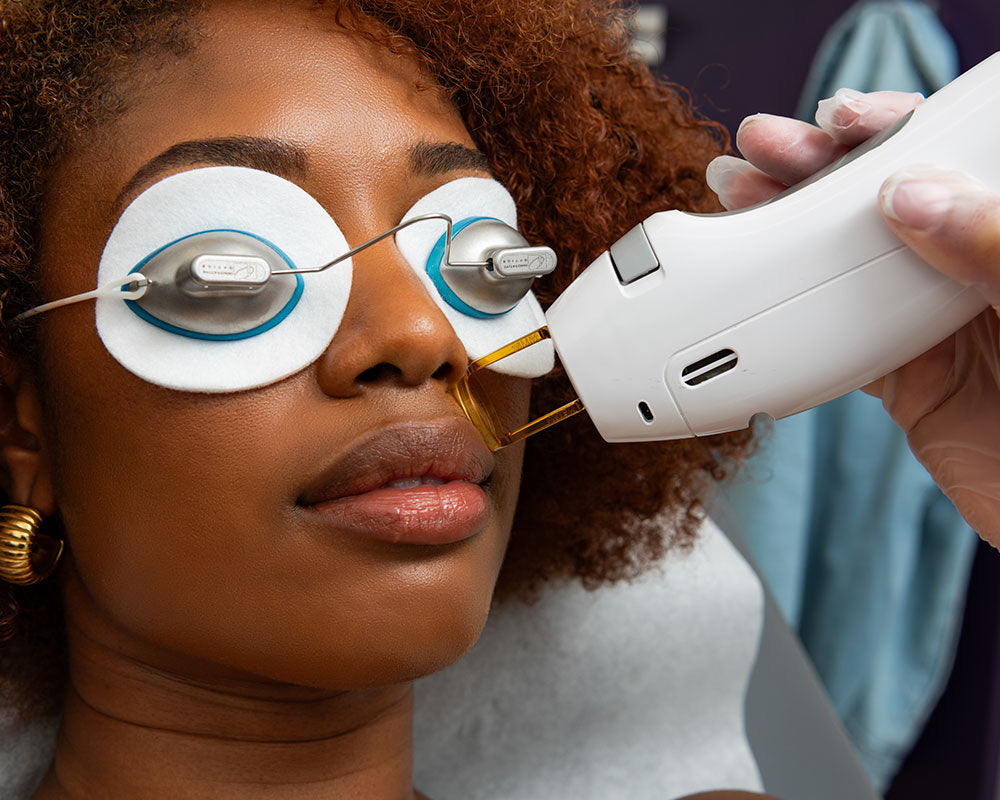
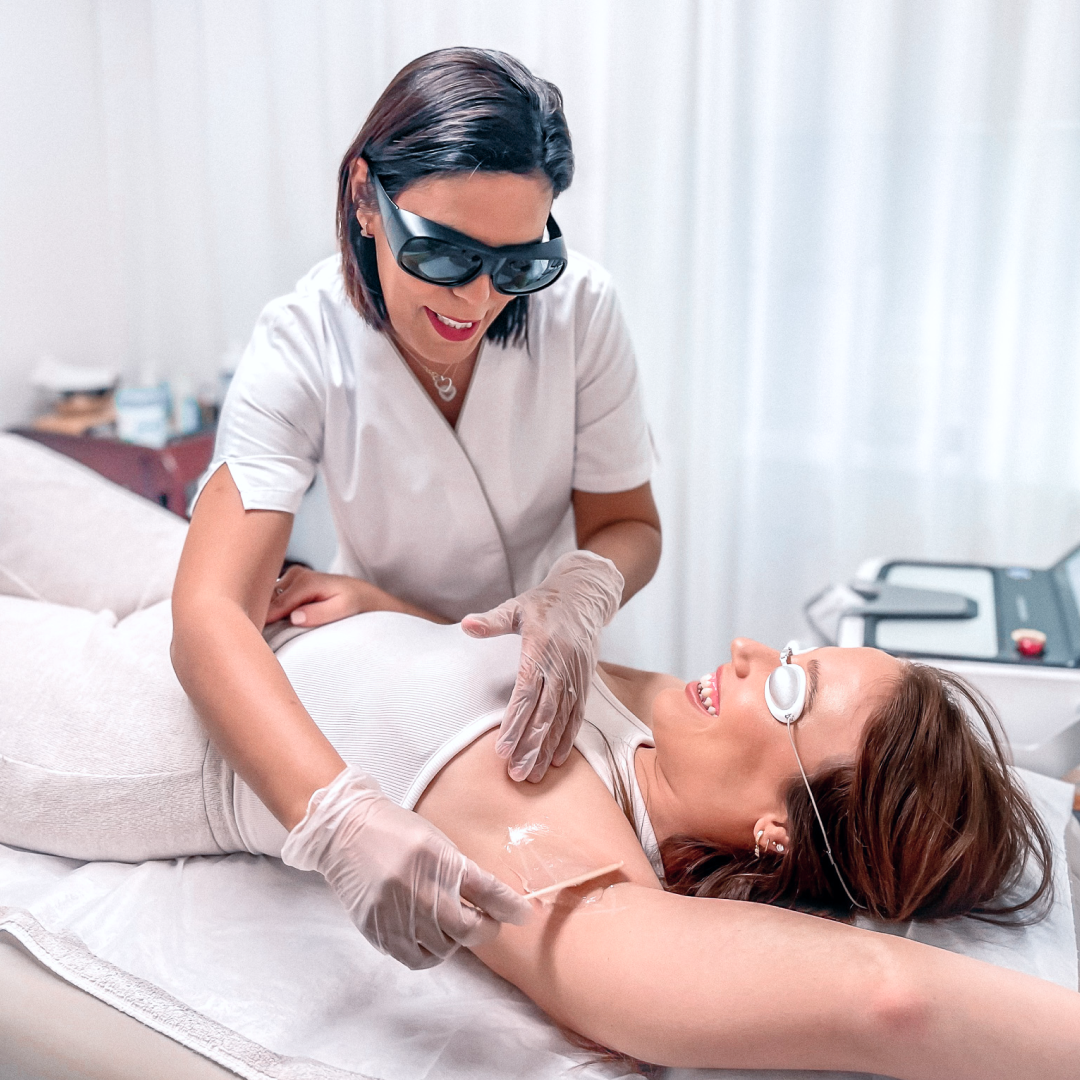
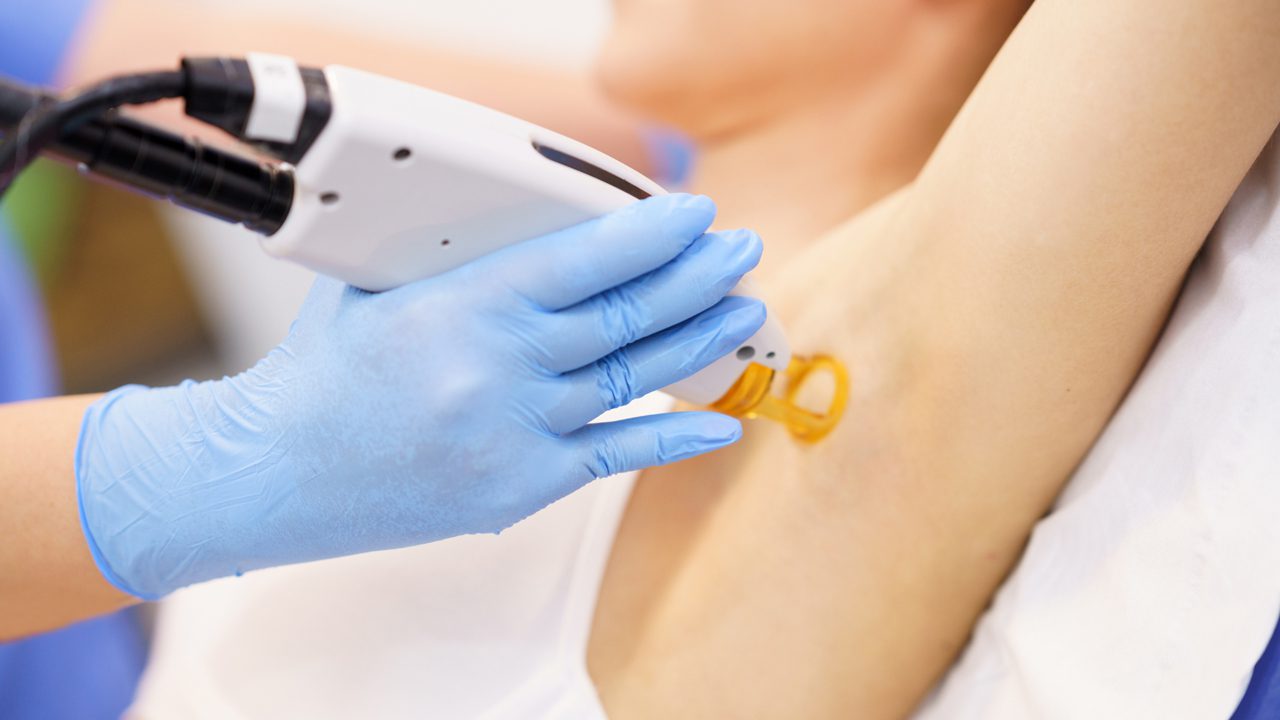
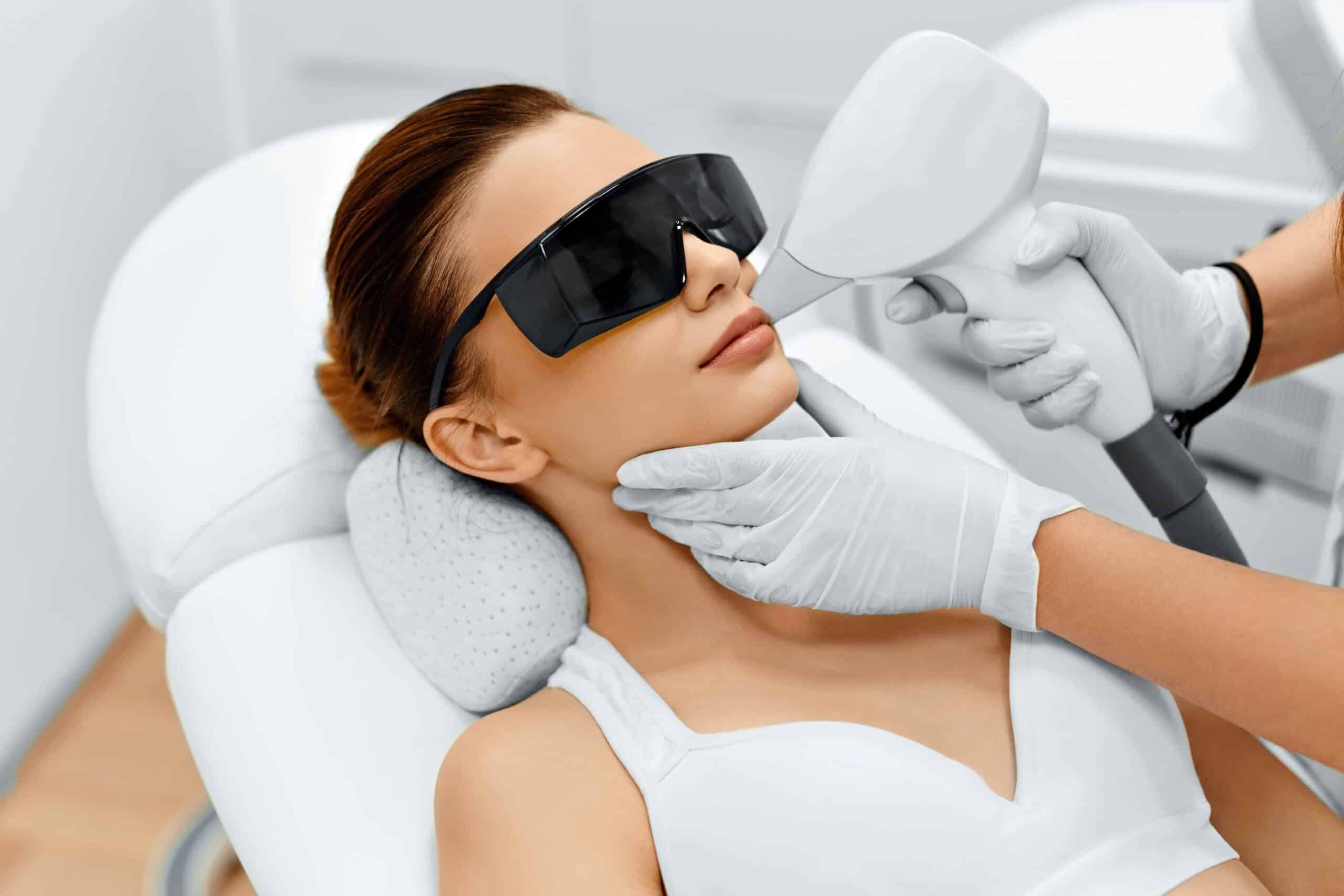
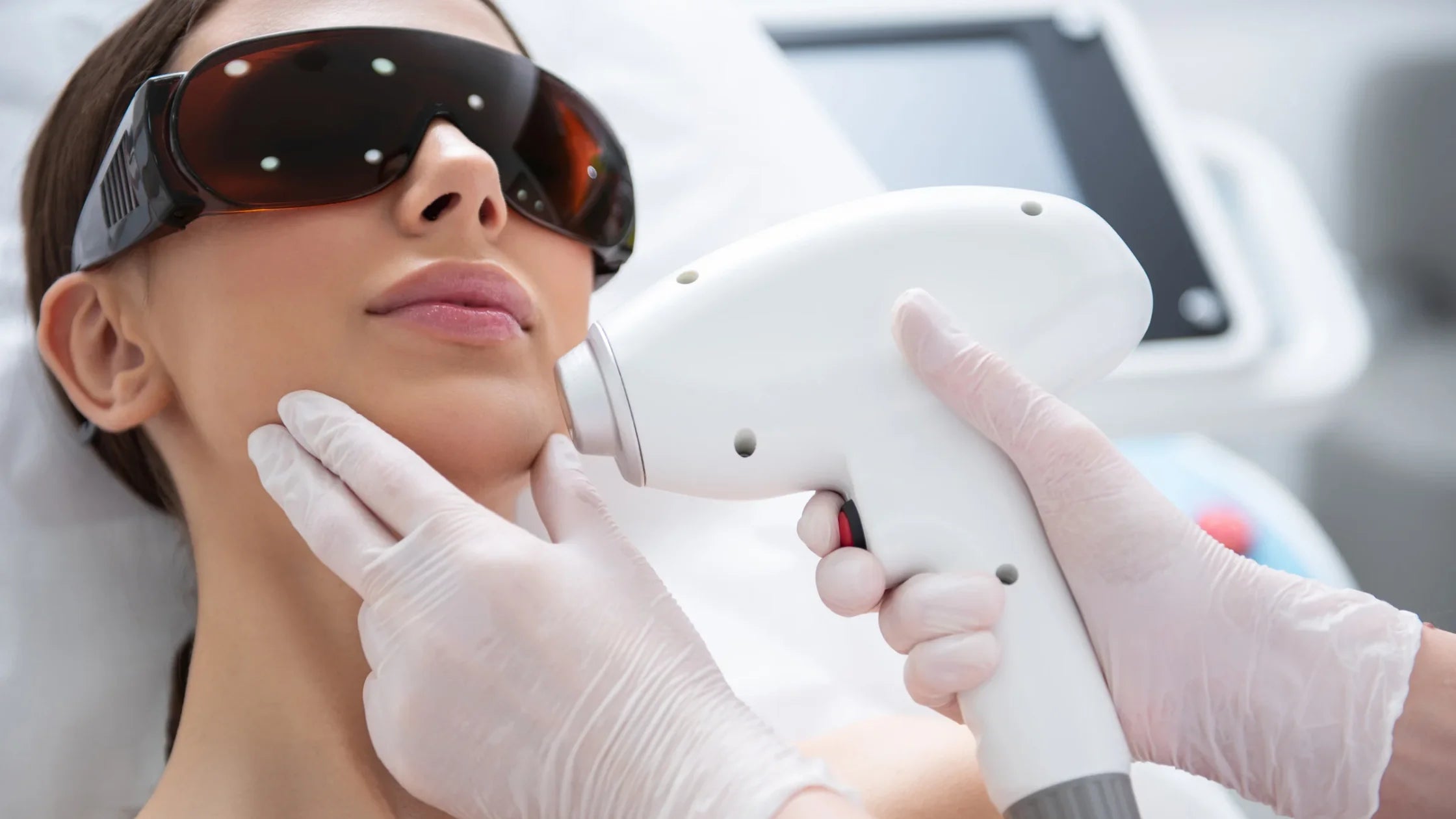
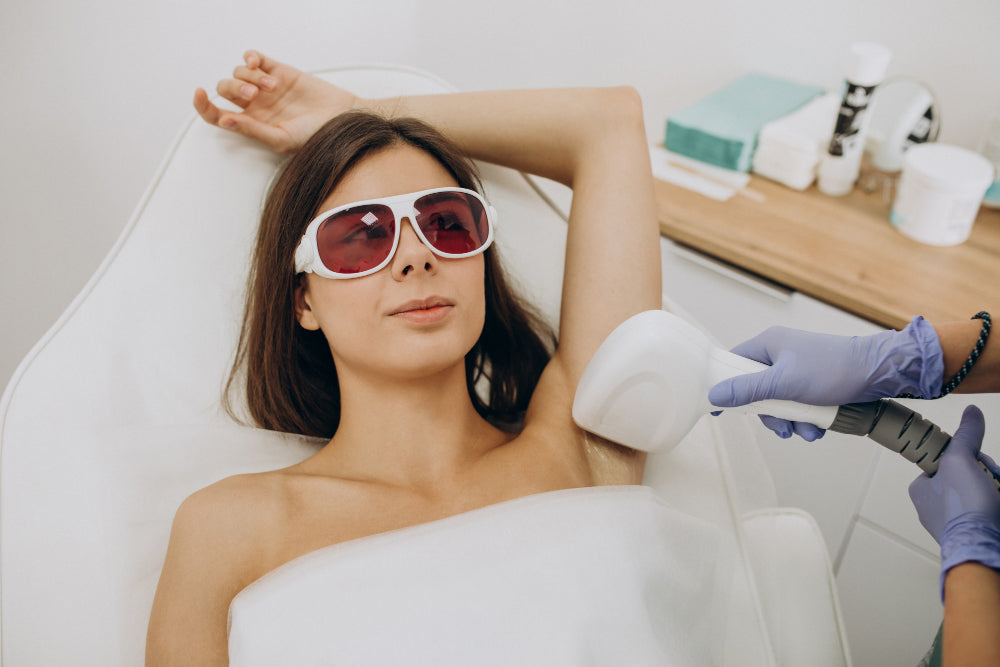
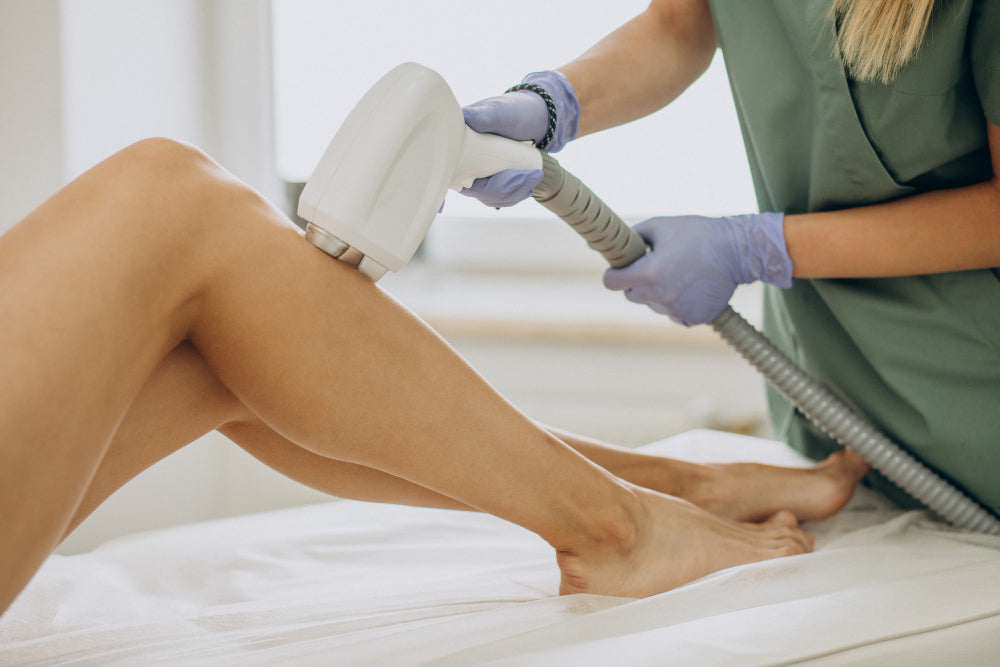
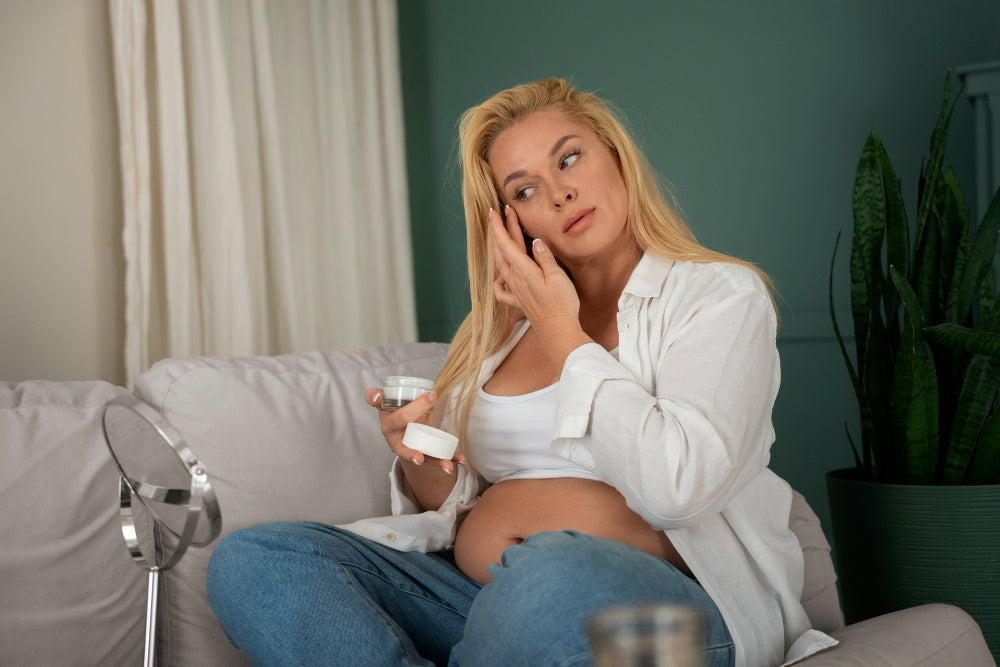
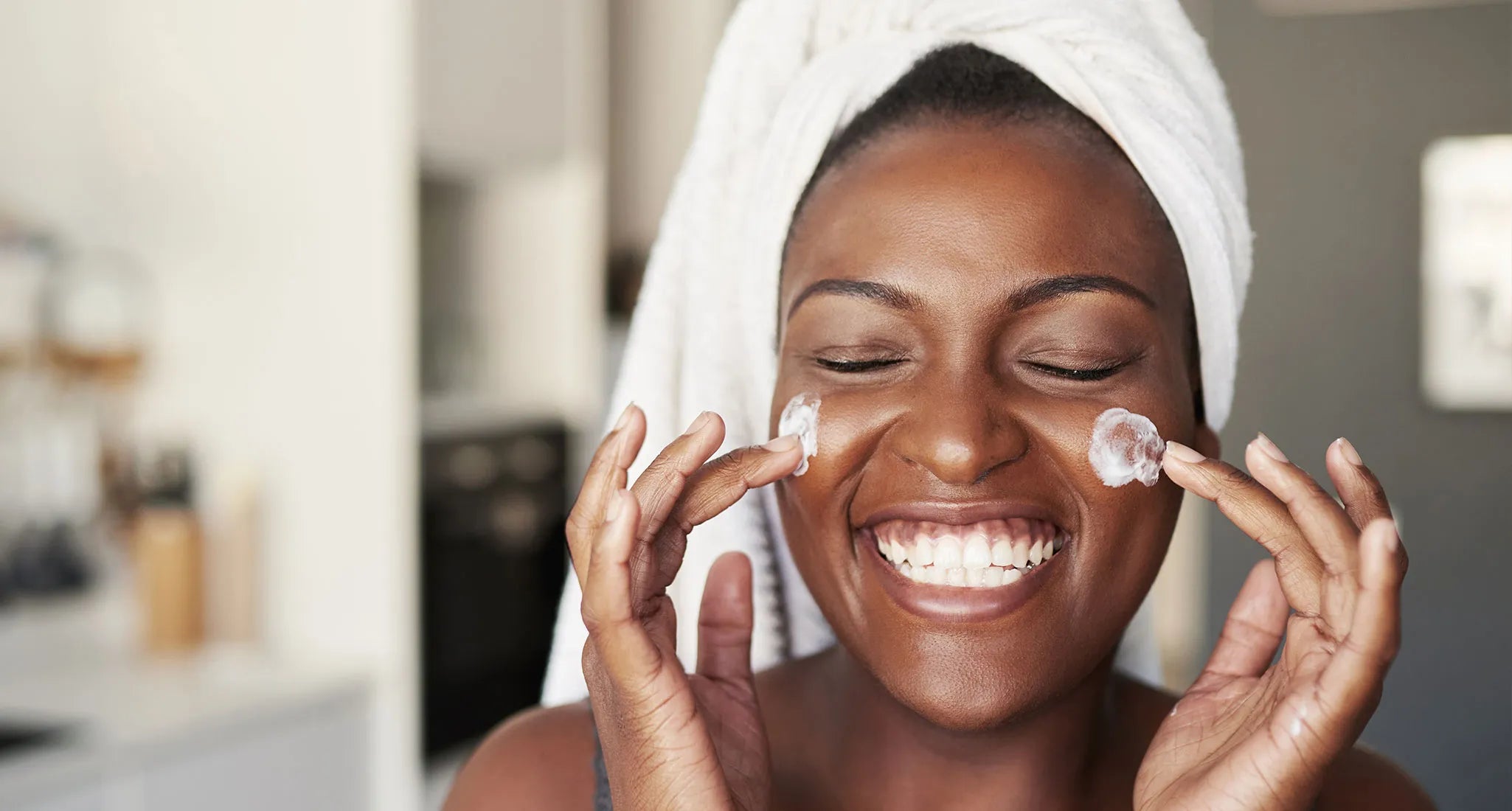
Share: